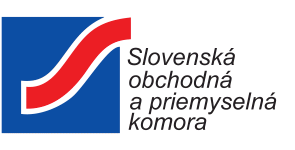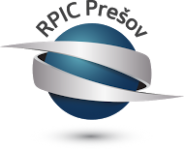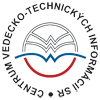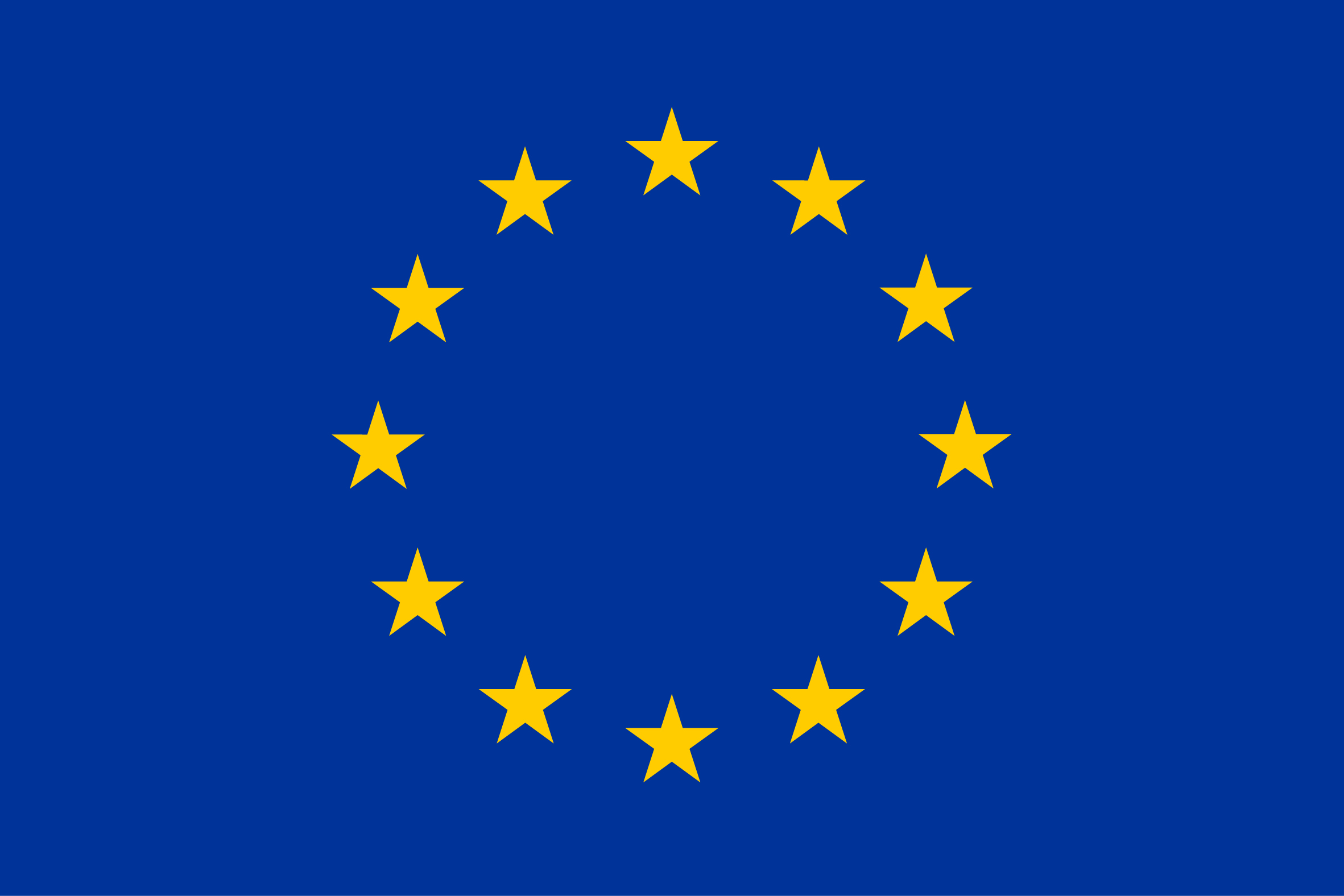Summary:
A Turkish company, located in the region of Kayseri since 2009, is offering a method of super hydrophobic surface coating for e.g. healthcare and automotive sectors. They are working with the academicians of the region's universities and as a TTO (Technology Transfer Office) they offer licensed projects of the academicians.
This method increases surface holding of superhydrophobic coating when applied as a thin film.
The company is interested in license agreements.
Description:
The Turkish company was established in 2009 in the region of Kayseri. They offer patent licensing for products which are developed by university academicians, which belong to the TTO (Technology Transfer Office). They have a variety of product range due to academicians who work in different sectors.
They would like to transfer the superhydrophobic nanocomposite coating method under a licence agreement.
These surfaces are called as superhydrophobic and commonly defined by having water contact angles that are higher than 150° and water roll-off angles smaller than 10°. Water droplets either make a minimal contact or directly bounce off on such surfaces, making them appealing for a variety of applications where there is a need for self-cleaning, anti-icing, anti-corrosion, anti-bacterial and water harvesting coatings. A variety of different methods has been shown for fabricating surfaces with varying degrees of repellency to liquids of different surface tensions. The most important issue preventing the wide-spread usage of these materials in practical applications is the mechanical robustness of the superhydrophobic coatings, since most of the fabricated surface topography can be easily damaged by mechanical wear that can be caused during the service operation of the materials.
The company's invention presents a practical approach for fabricating mechanically robust superhydrophobic coatings. Their approach relies on one-step spray-coating a mixture of nanoparticles functionalized with low surface energy molecules and polymers to form a nanocomposite film on the surface of materials. The key point of their invention is the use of polymers which provide bidirectional wetting to improve the adhesion of the coatings to the underlying substrate. A portion of the polymer favorably interacts with the substrate, whereas the rest of the chains facilitate uniform dispersion of the nanoparticles in the matrix. End-functional polymers and di-block copolymers constitute representative matrix components for this invention. The results demonstrate that the mechanical robustness of the coatings could be significantly improved by using the engineered polymer matrixes.
It can be used in various fields requiring water/liquid repellent features, including aviation (plane coating), marine (ship, boat coating), automotive (hood, glass coating), construction (facade paint and coating), ceramic (washbasin, vitrified, tile etc.), mirror/glass industry, healthcare (at hospital and laboratories), food (inner surfaces of honey, jam, ketchup like food containers), packaging/paper (non-wettable labels, corrugated board boxes) and textile (military clothing, shoes etc.) industries.
Even these superhydrophobic nanocomposite materials get their places in all the industries listed above, each industry requires a specific work. The studied invention is upon practices on plane coating and packaging industry, good results are acquired.
All rights related to this method realized by the company have been put under protection of a patent. They are looking forward to hearing from those wishing to have more information about this invention.
The company is interested in license agreements.
Type (e.g. company, R&D institution…), field of industry and Role of Partner Sought:
The type of the partner could be any in the description exemplified sectors e.g. construction, marine or textile company, researcher or university who wants to apply.
The role of the partner would be partners who are willing to license the kit under a licensing agreement.
Stage of Development:
Available for demonstration
Comments Regarding Stage of Development:
This method increases surface holding of superhydrophobic coating when applied as a thin film, is of vital importance for applications subjected to compelling conditions including particularly plane surfaces.
IPR Status:
Patent(s) applied for but not yet granted
External code:
TOTR20170623003








